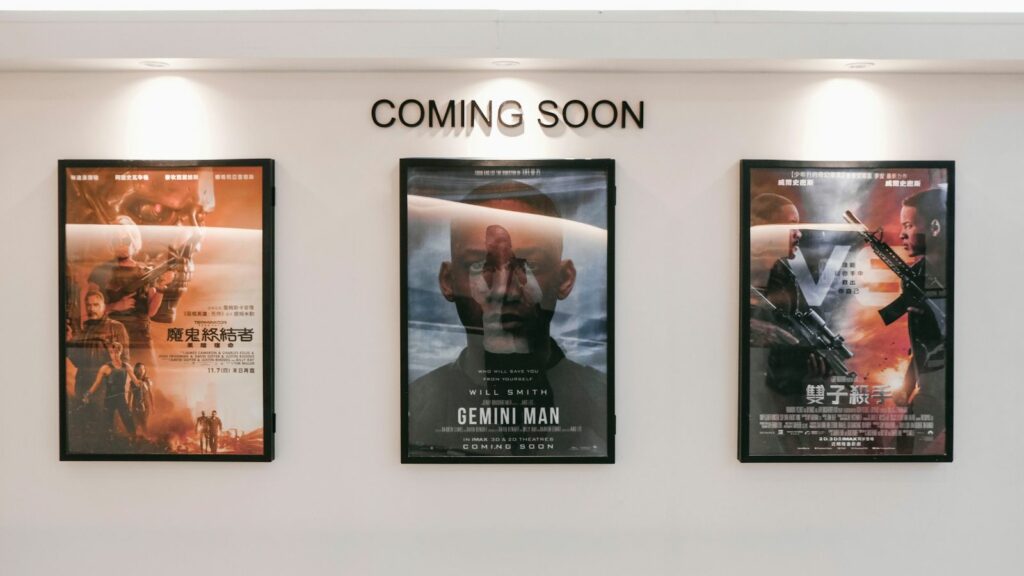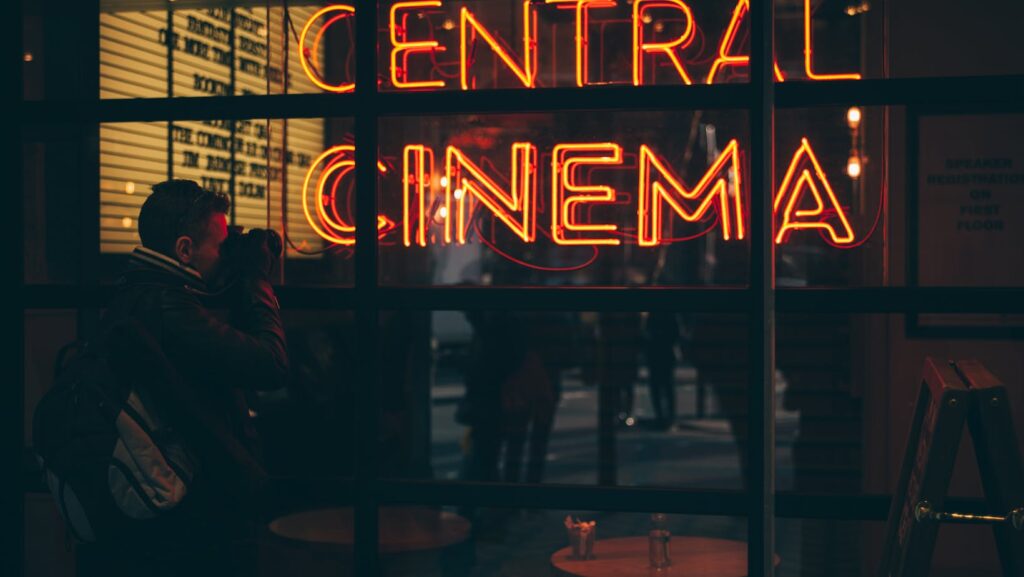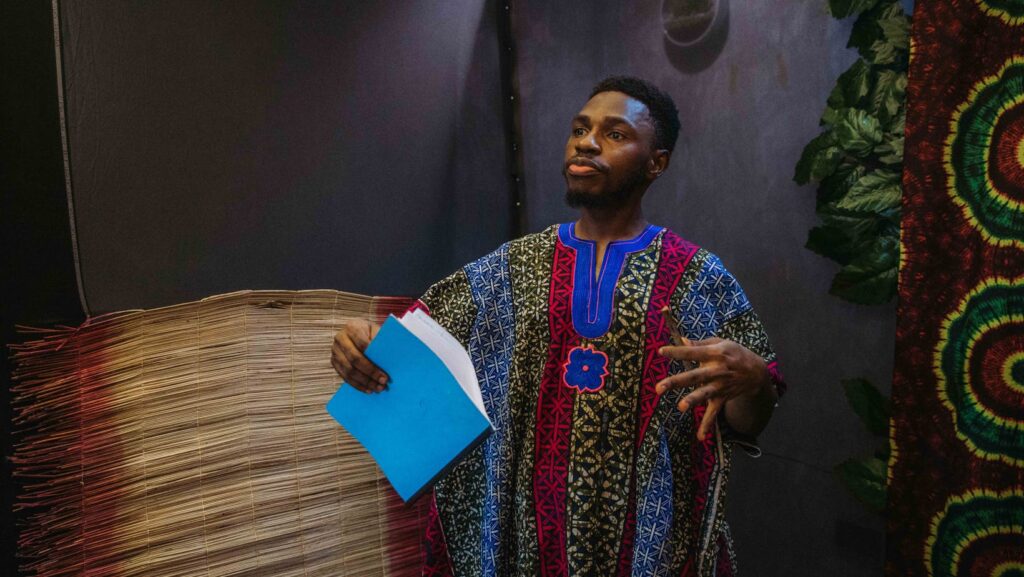In the world of cinema, movie poster trends aren’t just promotional materials, they’re standalone works of art. They’re the first glimpse audiences get of a film’s theme, style, and mood. Over the years, these vibrant visuals have evolved, reflecting changing tastes and technological advancements.
Movie Poster Trends
Diving deeper into the realm of movie poster trends, let’s elucidate their pivotal role and the evolution of their designs, focusing on the current leading trends.
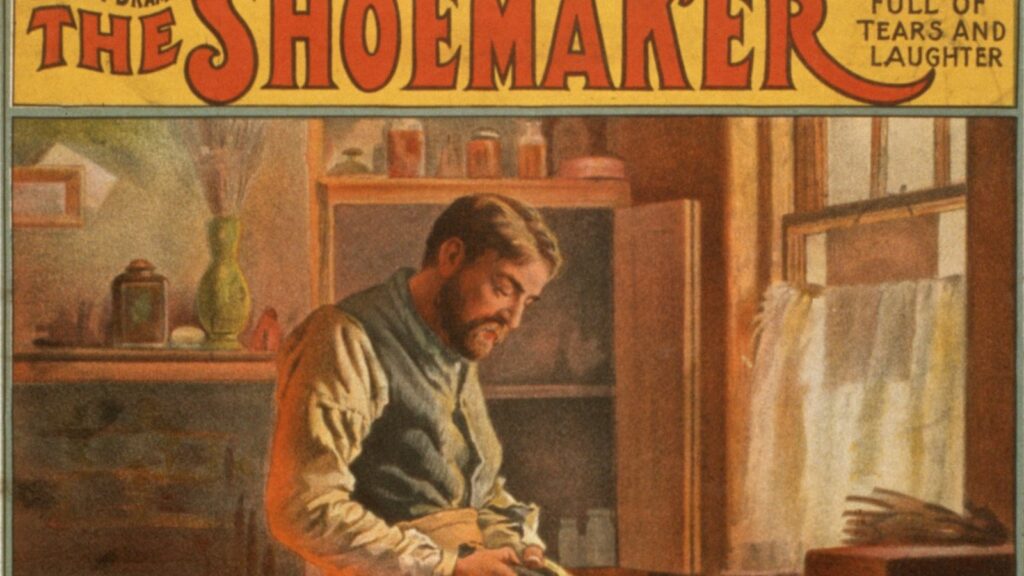
Major movie studios invest significant resources in posters, reflecting their vital role in filmmaking. They serve two prime purposes: promotional material and artwork. Structurally, they’re instrumental in inciting curiosity, driving box-office sales, and influencing audience perceptions. As an art form, they encapsulate the film’s essence, portraying the narrative’s atmosphere, style, and characters. Veteran movie-goers have been known to appreciate posters as collectibles, drawn to them for their creative allure. For instance, the “Jaws” poster, designed by Roger Kastel, was so successful that it became synonymous with the film, helping to solidify its place in film history.
Influencers and Innovators in Movie Poster Design
Legendary Movie Poster Designers
Among legendary movie poster designers, names such as Saul Bass and Drew Struzan stand out. Bass, renowned for his minimalist aesthetic and efficient visual storytelling, forged a unique signature style that resonates in posters for films like “Vertigo” [1]. Struzan, on the other hand, introduced exquisite hand-painted designs that have graced over 150 movie posters, including those of “Indiana Jones” and “Star Wars” [2]. A blend of meticulous details, vibrant colors, and striking themes form the cornerstone of Struzan’s celebrated designs, contributing to the allure of his posters [3]. Their work underscores the insight that effective movie poster design transcends promotional allure; it’s also a unique art form with its distinctive rules and aesthetics [4].
Impact of Directors and Studios on Poster Trends
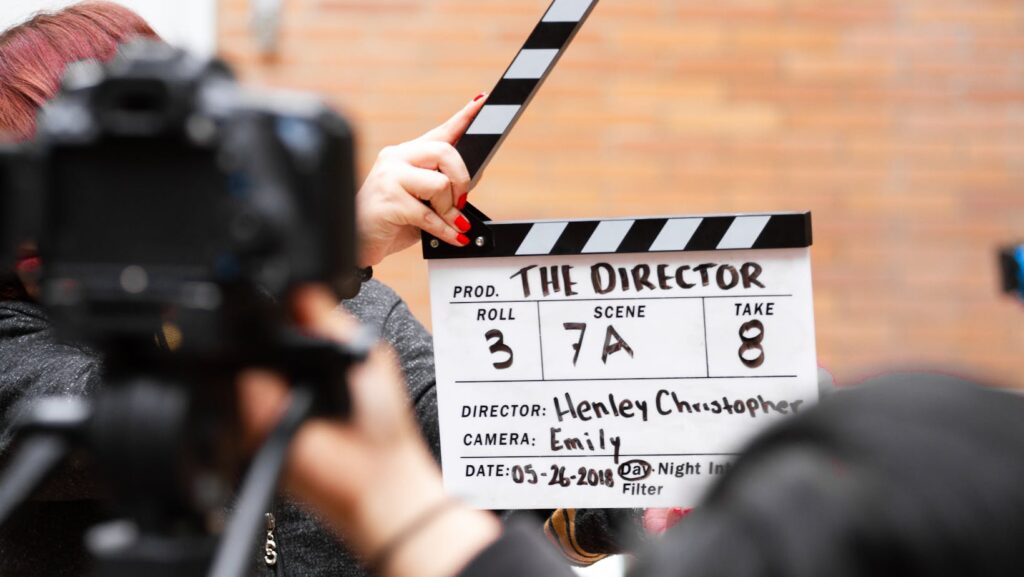
Moving away from individual designers, directors and production studios also significantly steer movie poster trends. Famed auteur directors such as Alfred Hitchcock and Stanley Kubrick often had a decisive role in their films’ poster designs, creating iconic and unforgettable representations [5]. Equally, studios like Paramount and Universal Pictures have a reputation for envelope-pushing designs that introduced novel usage of typography, color palette, and visual elements, setting new trends in the process [6]. In more recent years, Marvel Studios has popularized a special format known as the ‘character poster,’ adding another layer to the evolution of movie poster design [7]. The impact these influencers wield continues, shaping the movie poster into a potent blend of art, representation, and advertisement.
Psychological Impact of Movie Poster Trends
Movie posters cast a pivotal role in swaying the audience’s perception. Using enticing visuals, taglines, and notable actors’ images fosters anticipation, curiosity, or excitement, thus shaping the viewers’ expectations. Take, for example, the iconic “Dark Knight” poster. Featuring Batman’s silhouette against a burning city backdrop, it conveyed a sense of impending doom and dark suspense that set the tone for the movie.
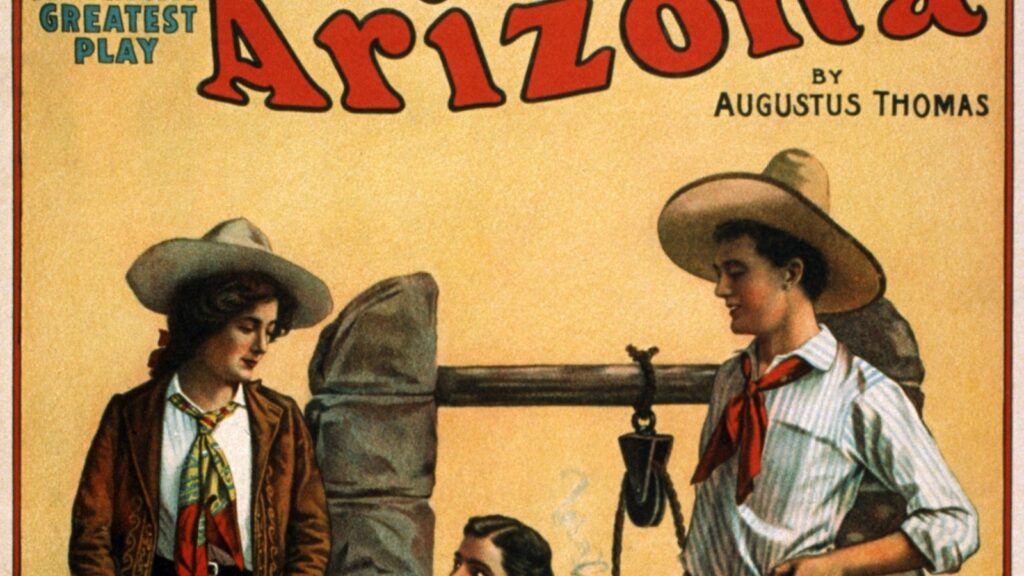
Imagery captivates viewers better than any text, making it a potent tool in narrative storytelling. A poster can encapsulate the entire movie plot, highlight critical plot points, or hint at the film’s underlying themes, thus piquing curiosity and enticing potential viewers. For instance, salient poster of “The Grand Budapest Hotel” offered glimpses of the film’s whimsical and artistic style through its symmetric design and muted colors, alluding to the distinctive narrative within.
Underlying Themes
Reflecting on the journey of movie poster trends, it’s clear they’ve been more than just promotional tools. They’ve evolved into a distinct art form, shaped by the creative decisions of directors, studios, and influential figures like Saul Bass and Drew Struzan. These trends have not only reflected the changing times but also significantly influenced audience perception. Through enticing visuals, taglines, and imagery, they’ve managed to encapsulate the essence of a movie, highlight key plot points, and hint at underlying themes. This power of movie poster design to shape viewers’ expectations and engage potential viewers underscores its role in narrative storytelling.
